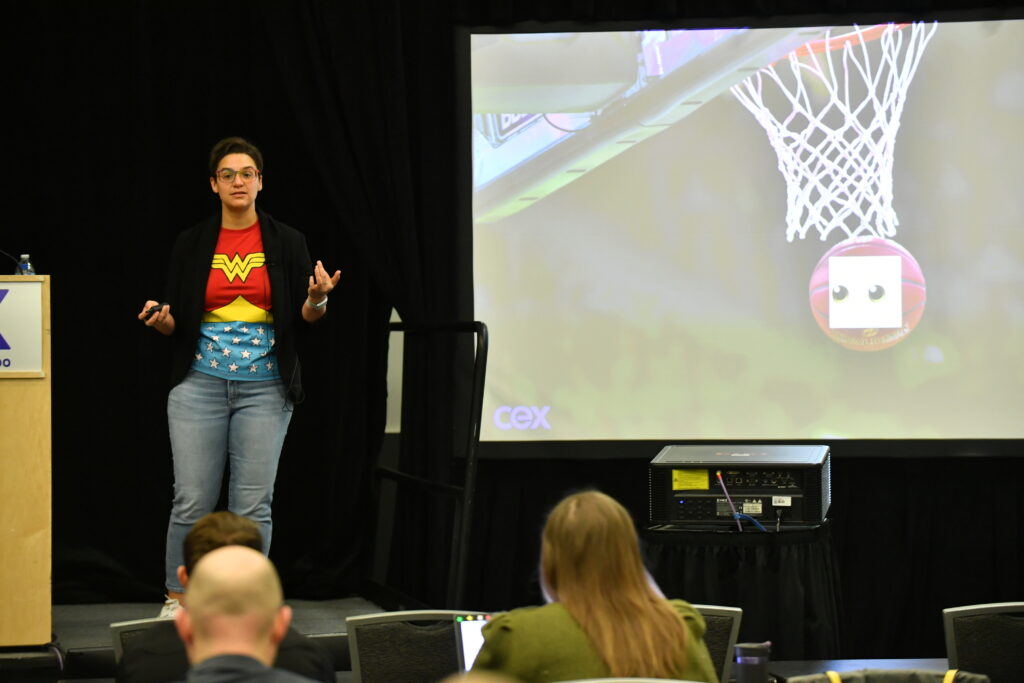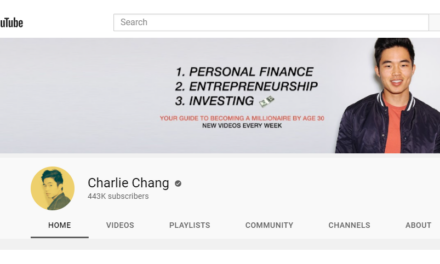Stop with the guesses and gut checks.
Too many content entrepreneurs opt for that strategy when figuring out how to motivate their audience to do what they want them to do.
Instead, adopt a testing program to make your conversions more strategic and effective.

Karen Hopper, performance marketing and test expert, shares how to do that – and a helpful testing template – in her Creator Economy Expo presentation. Here are the five things you can do:
1. Recognize what matters. No single call to action or button color will motivate your audience. In fact, as long as the button can be perceived as a button, you don’t need to test anything else. What really matters most is showing the right message to the right audience at the right time. Test anything that relates to that.
2. Answer this question: What motivates my audience to ______? Fill in the blank with a goal of your content business. Do you want them to sign up for a newsletter? Listen to your podcast? Buy an online course? Ultimately, the buyer must perceive that the cost of doing that activity is less than the benefit. (Costs don’t have to be monetary. It could be the price of having more emails in their inbox or a reduction in their time to listen to other podcasts, for example.)
3. Brainstorm ideas and craft hypotheses: Go through every single layer and every single touchpoint. What does the data say is most successful in converting the audience? Identify where you have the most potential to have the biggest impact.
Alongside your ideas, group your hypotheses about what could happen. Prioritize the ideas that hold more water.
Testing hypotheses have other benefits, including helping identify the variables and keeping you focused on the mission. Karen shares this hypothesis example: “Including customer reviews on our landing page will increase conversions because potential customers will feel that their decision to purchase has been validated by peers.”
4. Create a testing tracker: Each test should include a unique name, a difficulty assessment on the change’s implementation, and the main metric for success (usually a click-through or conversion rate).
Karen’s testing tracker includes columns for test name, description, hypothesis, barriers to overcome/sea of sameness, audience/channel targeted, page where test will run, and ratings (1=low, 2=medium, and 3=high) for technical effort, expected impact, and learning priority. The final score includes a benefit score, which adds together the expected impact and learning priority ratings and subtracts the technical effort score.
Resource: Testing program template on Karen’s Small Data Big Idea resources page
You should implement the first test on the hypothesis with the highest benefit score.
Your tracker also can detail the testing schedule. Never run multiple tests at the same time because you wouldn’t know which test impacts the effects you’re seeing.
5. Conduct the tests and evaluate the results: Pick the sample size using Optimizely’s free calculator or tool. Then, run the test for at least two weeks to normalize the data. Use the chi-squared test to see if the response rate is statistically significant. If not, don’t make any assumptions about the winner or loser in the test.
Evaluate and repeat the tests to validate your hypotheses. Build on what works and go back to the observation and ideation stage as necessary.
About the author
Ann regularly combines words and strategy for B2B, B2C, and nonprofits, continuing to live up to her high school nickname, Editor Ann. An IABC Communicator of the Year and founder of G Force Communication, Ann coaches and trains professionals in all things content. Connect with her on LinkedIn and Twitter.










